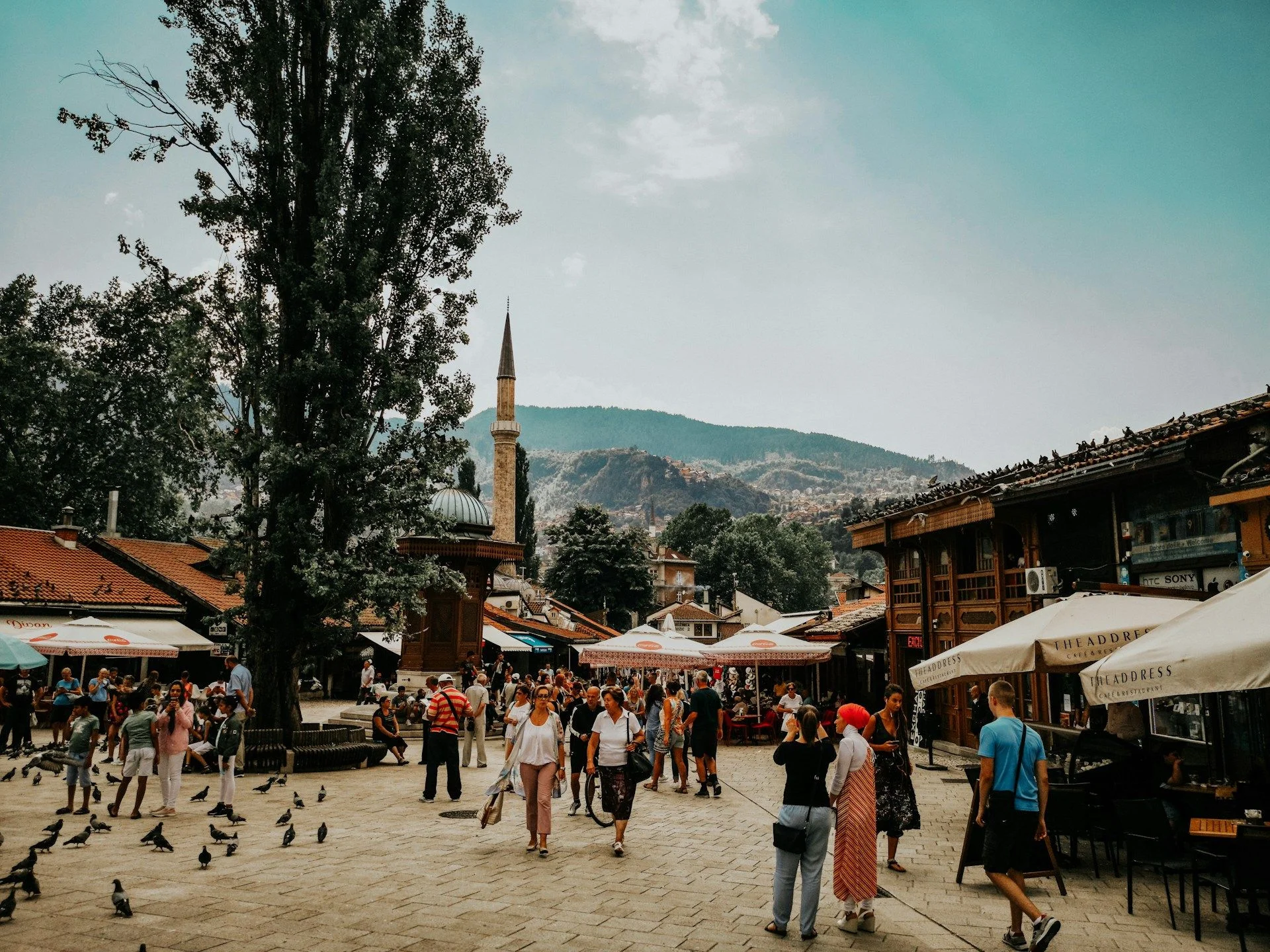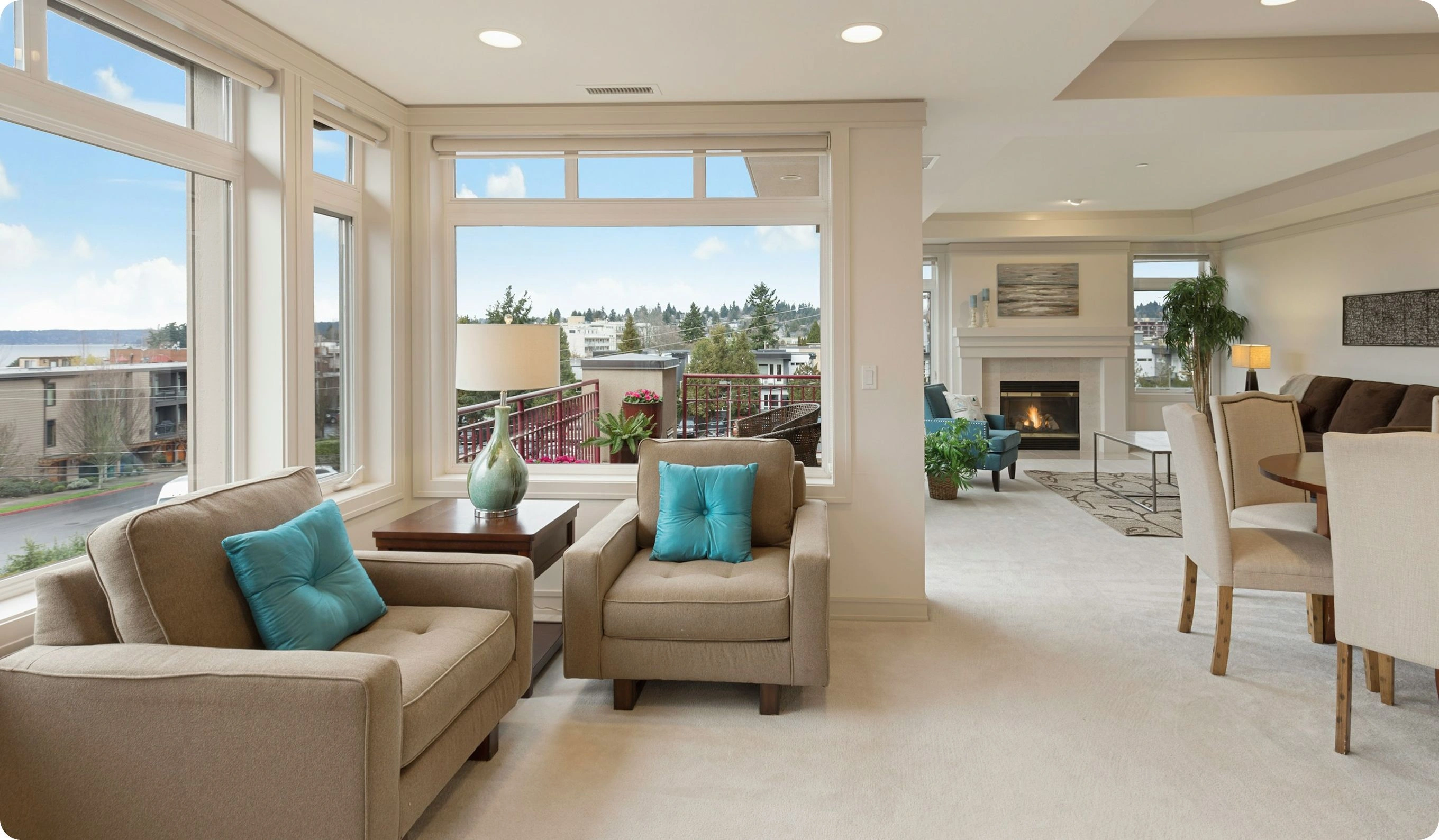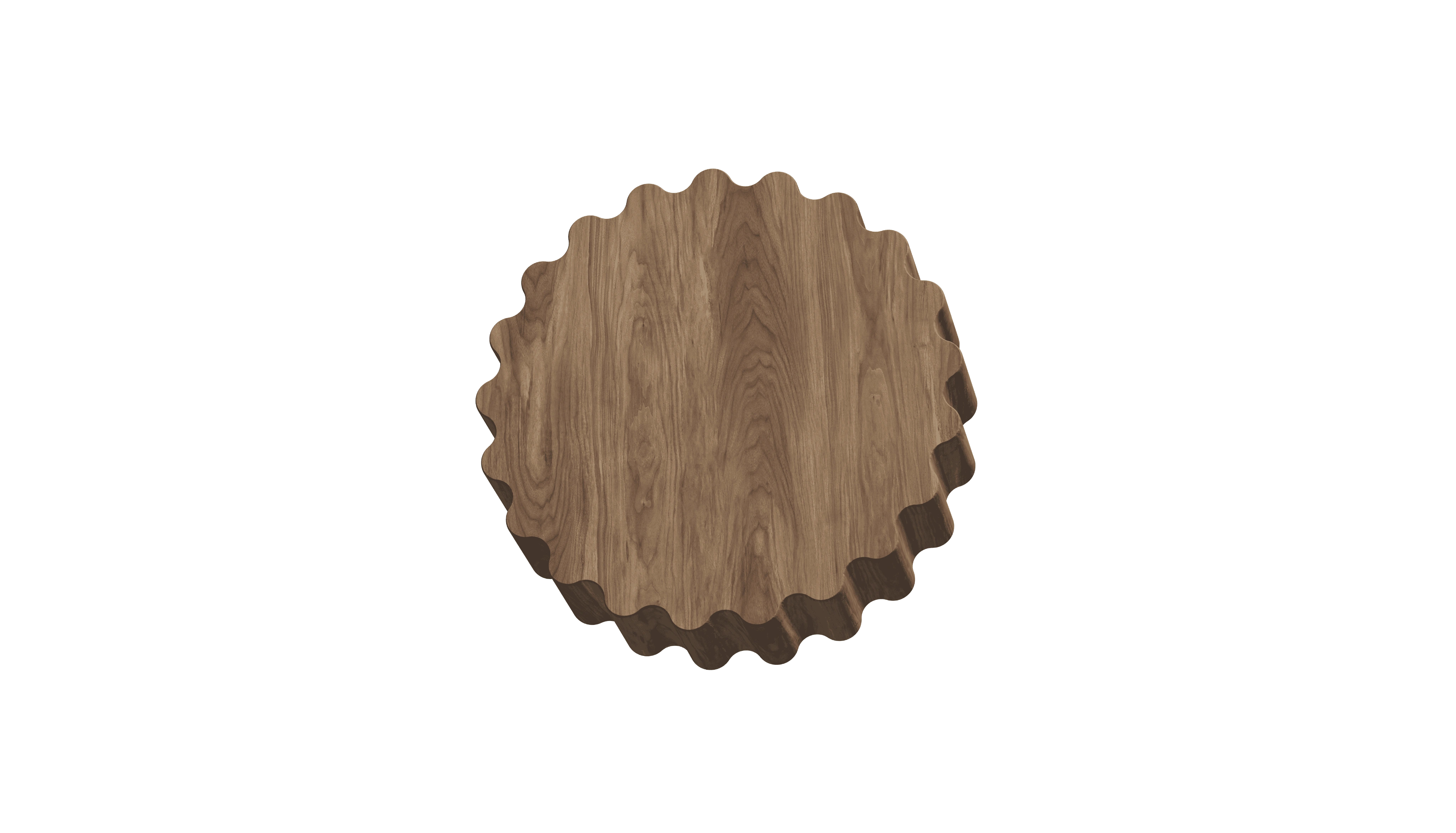Secondary real estate in SarajevoHistoric neighborhoods with mountainbackdrop and mosques

Best offers
in Sarajevo
Benefits of investment in
Bosnia and Herzegovina real estate
Affordable pricing in a scenic setting
Sarajevo and Mostar offer historical charm and urban convenience at low entry costs.
Interest from diaspora and EU neighbors
Buyers from Germany, Austria, and the Balkans invest in heritage and rental potential.
Gradual market development with flexibility
Real estate system is evolving, offering room for customization and low bureaucracy.
Affordable pricing in a scenic setting
Sarajevo and Mostar offer historical charm and urban convenience at low entry costs.
Interest from diaspora and EU neighbors
Buyers from Germany, Austria, and the Balkans invest in heritage and rental potential.
Gradual market development with flexibility
Real estate system is evolving, offering room for customization and low bureaucracy.

Useful articles
and recommendations from experts
Why Secondary Real Estate in Sarajevo Captivates International Investors
Sarajevo, the storied capital of Bosnia and Herzegovina, combines a rich tapestry of Ottoman and Austro-Hungarian heritage with a modern revival that appeals to global property buyers. For English-speaking expatriates, retirees from Western Europe, and heritage-focused investors, secondary real estate in Sarajevo offers turnkey access to characterful apartments and townhouses in established quarters—often trading 20–30% below equivalent new-build rates. Resale units in districts like Baščaršija, Bistrik, and Grbavica come fully fitted, many retaining period details such as carved woodwork, high ceilings, and original masonry. With Bosnia’s favorable non-resident purchase regulations, comparatively low closing costs, and potential for attractive rental yields driven by a growing tourism sector and a rising student population at the University of Sarajevo, the resale market delivers both immediate occupancy and long-term capital appreciation.
Heritage Districts and Emerging Neighborhoods
Baščaršija—the historic bazaar quarter—remains Sarajevo’s cultural heart. Here, secondary-market apartments in 19th-century Ottoman-style buildings attract investors keen to convert ground-floor units into boutique guesthouses or artisanal cafés. Annual gross yields of 6–8% are common, fueled by steady foot traffic to nearby landmarks such as the Gazi Husrev-beg Mosque and Latin Bridge. In contrast, Bistrik’s Austro-Hungarian villas and early 20th-century flats offer a quieter, leafy setting close to the Miljacka River. Resale properties here can be renovated with modern fixtures while preserving original façades, commanding rental premiums from families and corporate tenants drawn to proximity to governmental ministries and foreign missions.
Grbavica, on the opposite bank, epitomizes Sarajevo’s post-conflict regeneration. Pre-war apartment blocks and townhouses, once damaged during the Siege, have been meticulously restored. Secondary offerings in this district include spacious four-bedroom flats with balcony views of Trebević Mountain. Local rental demand stems from university students and NGO professionals, resulting in average occupancy rates above 85% and yields around 5–7%. Neighborhood pockets such as Hrasno and Alipasino Polje—once overlooked—now see interest from value-add buyers renovating standardized 1970s complexes into modern co-living spaces tailored to young professionals.
Legal Framework, Taxes, and Financing for Non-Residents
Foreigners can purchase secondary real estate in Sarajevo with minimal restrictions: non-resident buyers simply register with the local Land Registry and complete standard due-diligence checks. Closing costs—including a 5% transfer tax on resale value and notary fees—typically total under 8% of transaction price, lower than many Balkan peers. Annual property taxes are negligible, capped at approximately 0.1% of cadastral value, while municipal utility fees remain modest. Financing is available through Bosnian banks—Kam-Broker, Raiffeisen, and UniCredit—offering mortgages up to 70% LTV to non-residents, with interest rates around 4–6% APR. Buyers often complement local loans with bridge financing from international lenders to mitigate currency volatility between BAM and major currencies like EUR and GBP.
Due diligence should cover title continuity, building permits—especially for older structures subject to heritage preservation rules—and condominium association reserve funds. Engaging a Sarajevo-based attorney and licensed real-estate agent ensures compliance with anti-money-laundering regulations and smooth escrow processes. Non-residents benefit from Bosnia’s double-tax treaties with the United Kingdom, Germany, and other European nations, which can reduce withholding taxes on rental income and optimize after-tax returns on resale flips.
Sarajevo’s improving infrastructure further bolsters the secondary market’s appeal. The 2015 Sarajevo Tunnel Museum extension revitalized transport links under the city, while recent investments expanded tram lines connecting Pofalići and Ilidža to the historic core—reducing commute times for residents in peripheral resale neighborhoods by up to 30%. The Sarajevo–Ploče motorway, opening in 2024, enhances connectivity to the Adriatic port of Ploče, strengthening prospects for suburban resale holdings near Vogošća and Istočno Novo Sarajevo as commuter hubs.
Finally, Sarajevo’s unique blend of four seasons creates niche rental opportunities: ski-season lets attract visitors to the nearby Olympic-rated slopes of Bjelašnica and Jahorina, while summer cultural festivals—Film Festival, Baščaršija Nights—drive short-term occupancy in central resale apartments. Professional property managers handle bookings, maintenance, and guest services, enabling overseas owners to enjoy a hands-off investment. Whether restoring a cobblestone-fronted townhouse in the Old Town or modernizing a high-rise flat in Marijin Dvor, secondary real estate in Sarajevo offers international buyers a compelling mix of heritage charm, transparent regulations, and promising yields—all set against a backdrop of mountain-ringed streets and a city reborn from history.
